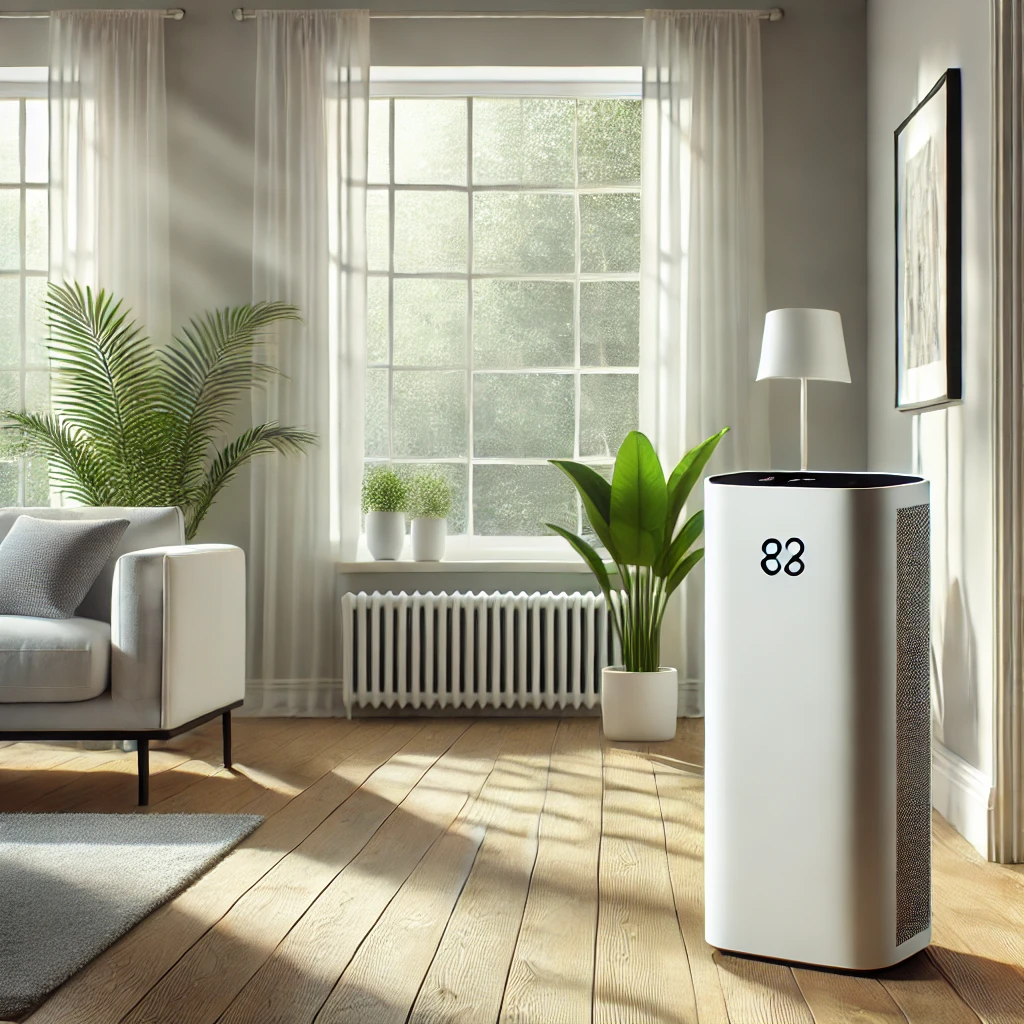
Indoor air quality isn’t just about comfort; it’s about health, well-being, and the power to shape your living space. So often, we let the quality of the air we breathe indoors slip through our fingers, assuming it’s something beyond our control. But the truth is, it doesn’t have to be. You can and should take control of your indoor air quality. It starts with understanding a few key factors—humidity, particulate matter, and chemical odors—but that’s just the beginning.
1. Master Your Humidity
Humidity is often underestimated, but it’s a major player in your indoor environment. Too much moisture in the air encourages the growth of mold, dust mites, and bacteria, while too little can dry out your skin and respiratory system. Both extremes can create discomfort and even health problems.
Controlling humidity isn’t complicated. Dehumidifiers, ventilation, and regular monitoring can help you maintain that sweet spot between 30% and 50%. When your home feels crisp and balanced, you’re already winning the battle for better air quality.
2. Remove Particulate Matter
If you’ve ever noticed dust settling on surfaces just a day after cleaning, that’s particulate matter at work. Tiny particles—like dust, pollen, and pet dander—float in the air and find their way into your lungs. They’re so small that you can’t see most of them, but they can still irritate your respiratory system, trigger allergies, and even carry harmful substances.
Tackling particulate matter requires more than just dusting. Air purifiers with HEPA filters, regular cleaning, and ensuring good ventilation will significantly reduce these floating invaders. You deserve to breathe freely without sharing your space with a cloud of unseen irritants!
3. Neutralize Chemical and Odor Pollution
The air around you is not just filled with what you can see—odors and chemicals also play a significant role in indoor air quality. Think of cleaning supplies, paints, or even that fresh new furniture smell. All of these can release volatile organic compounds (VOCs), which, over time, degrade your air and well-being.
And let’s not forget odors—those “comfortable” and “uncomfortable” smells we deal with daily. Some smells are easy to identify, like the scent of dinner lingering in the kitchen or the damp musk from forgotten laundry. But others are sneakier, like chemicals that seep from building materials or cleaning products. Solutions like the Rhino Chlorine Dioxide Distributor for more intense, industry-level cleanups can show just how powerful chemical treatment can be. But even in the home, starting with non-toxic cleaners and focusing on ventilation can make an impact.
Keep Going—You’ve Only Just Begun!
Humidity, particles, and chemicals are three of the most significant factors affecting your air, but they’re just the beginning. There’s so much more you can do to transform your space into a sanctuary of clean air. Whether it’s maintaining your HVAC system, using high-quality air filters, or incorporating more plants that naturally purify air, the journey doesn’t stop here.
Remember, your home should be a refuge. The air you breathe should lift you up, energize you, and support your health. So take charge today—you’re in control.
